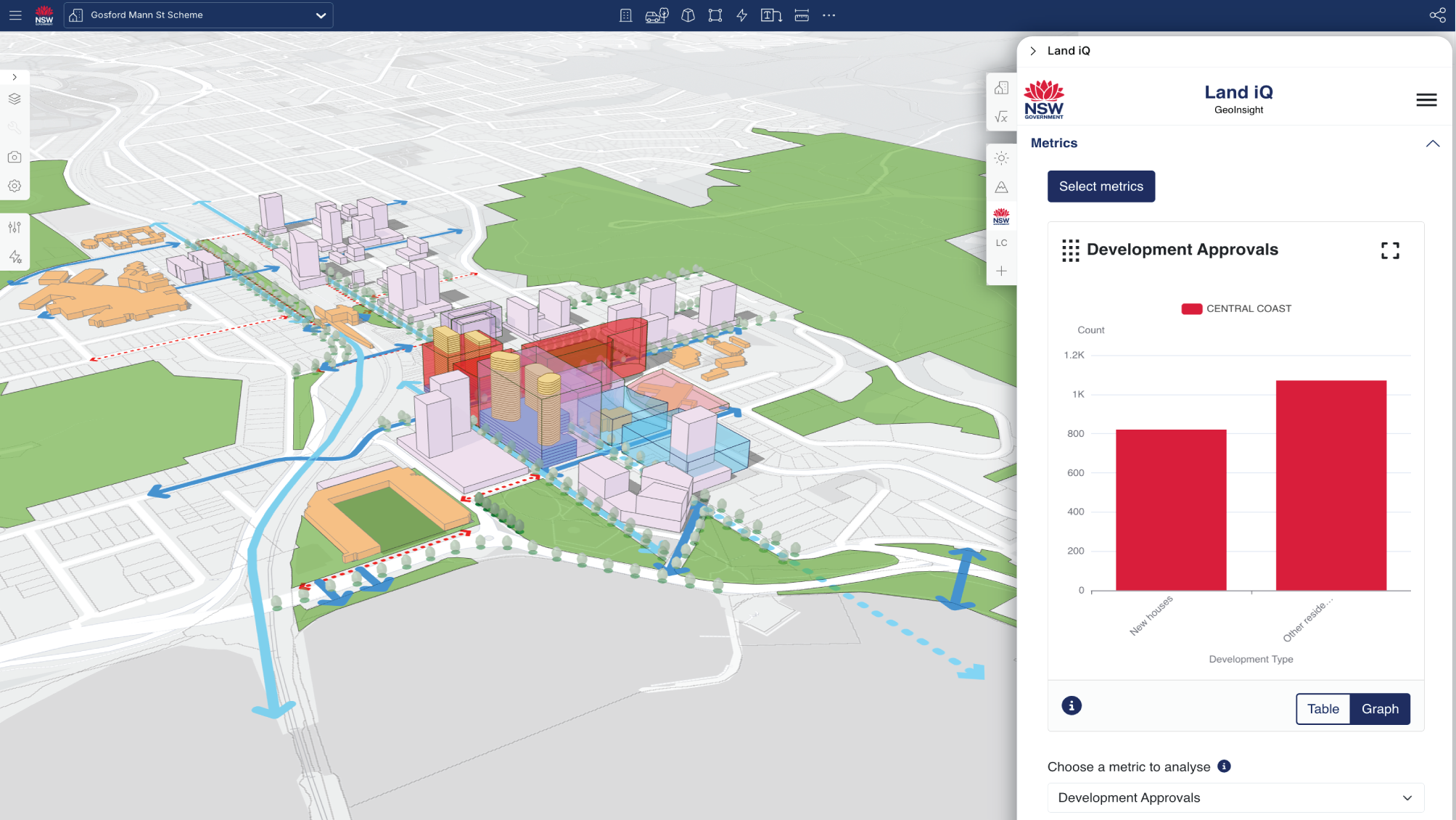
The Architecture Software Stack Is Shifting
Architecture has long relied on a familiar stack: Autodesk, Adobe, and a few others. That era is ending. New tools- call them neoBIM: Giraffe, Arcol, Snaptrude, testfit - are growing like mushrooms. (This author is responsible for at least one.) Autodesk is disrupting itself with Forma.
This post covers:
- Why architectural tech is changing again
- Why adaptation matters
- Practical recommendations
- A simple ROI calculator applet
The End of Equilibrium
The drafting table transformed into the BIM workstation - but that was not the final shift. For years, the industry operated under a stable, if inefficient, model: pay heavily for general-purpose BIM tools that try to do everything.
That model is breaking down.
Like large, relatively slow military vehicles disrupted by cheap, agile drones, architecture’s slow, expensive software is being - if not replaced - at least resituated.
It’s a transformation society needs. We are in a construction productivity crisis. One hundred years ago they built infrastructure and towers which we struggle to build today.The tech didn’t start the fire, but it has not managed to put it out.
There are other factors driving change:
- Software development is getting cheaper
- Browser-native tools are not only viable but exceptional
- Data infrastructure - cloud, APIs - are increasingly accessible
It is a moment of both opportunity and disorientation. Hard-won expertise often no longer applies. Who does what is all up for grabs. In some cases, clients navigate tools faster than professionals.
Why Adapt?
- It is cheaper.
- NeoBIM tools cost a fraction of BIM classic tools, and they are faster, because they are focused.
- Tasks that take minutes in Giraffe may take days in legacy software.
- The cost is not just licensing - it is time.
- It is more creative.
- Build the tools you need. This is why Rhino is magic: you can build on top of it.
- Transform models in Speckle. Extend workflows.
- No professional should rely on a single, bloated multi-tool.
- Resilience.
- Avoid lock-in. Drop licenses, pick them up. Stay portable. Work in open formats.
- Differentiation.
- Open, modular tools enable targeted, proprietary internal development.
- The tools you build and configure become a unique part of your service.
ROI Calculator
Here is a small applet comparing software costs per architect. Fork it in CodeSandbox to adjust license names and prices as needed.
This is a great tool to visualise software spend. It is also an argument for the future. It cost nothing, and was built in about 20 minutes using AI.



